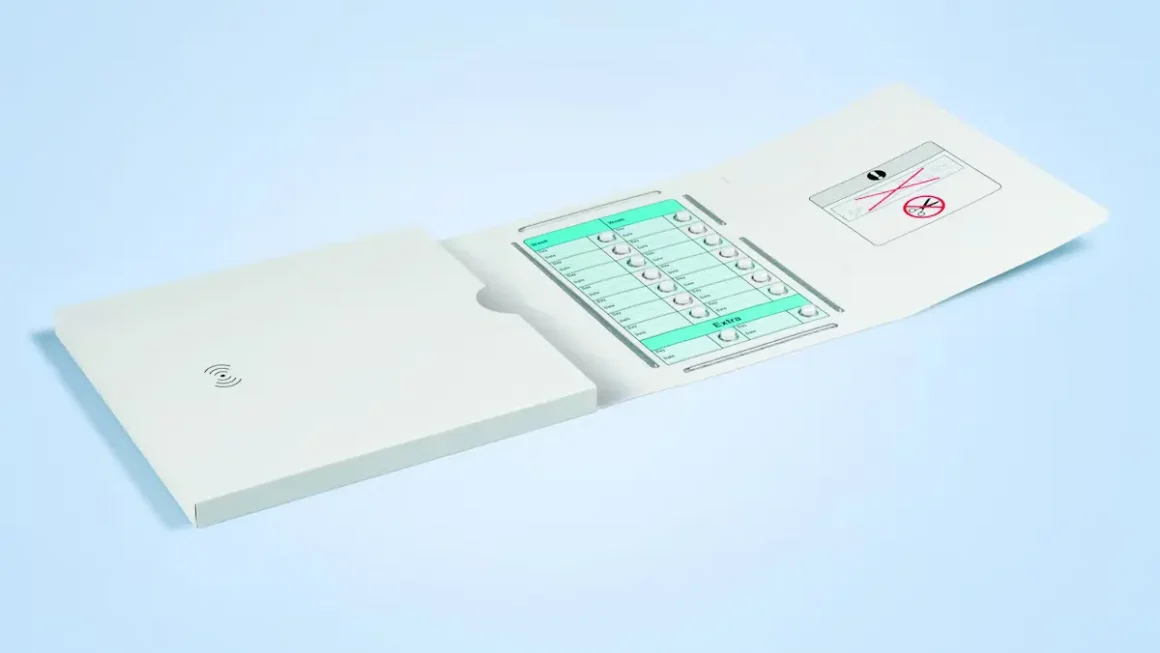No healthcare facility can run without a refrigerator. And that speaks all about the indispensability of refrigerators for medical facilities.
Interestingly, the concept of refrigeration was developed by a doctor. In the 1720s, William Cullen, a Scottish doctor, discovered that evaporation could create a mechanical refrigerator.
Medical refrigerators allow medical facilities to store temperature-sensitive items, such as samples, vaccines, reagents, etc.
Bear in mind that medical refrigerators are not the same as domestic refrigerators. Medical refrigerators are special types of fridges that can maintain an accurate and stable temperature.
What is important is that proper handling of such a refrigerator is a must for a medical facility’s efficient functioning, and that is also a part of the best practices.
What is a Medical Refrigerator?
Medical refrigerators bear more capabilities than standard domestic refrigerators. The capability of maintaining a more consistent temperature is a distinguishing feature of medical refrigerators.
Consistent temperatures are necessary to store temperature-sensitive items, like vaccines and samples, that get damaged if the temperature fluctuates.
Another distinguishing feature of medical refrigerators is an alarm system’s possession to send out alerts if anything goes wrong. The alarm will send alerts signals if you unknowingly leave the refrigerator door open or the temperature undergoes fluctuations. The alert signal will prompt your staff to take corrective action.
Medical refrigerators are robust and are less likely to get damaged. If it gets damaged, it will entail a high replacement cost. Also, there can be some samples in the refrigerator that might be irreplaceable. So, a damaged refrigerator means damages to those samples.
Notably, medical refrigerators do not have shelves in the doors, like domestic refrigerators. The door opens and closes, exposing itself to outside temperatures, which can be detrimental to the items if stored on the door.
What Items are Stored in a Medical Refrigerator?
You can store all temperature-sensitive items in a medical refrigerator. So, you should first figure out such sensitive items in your medical facility that you will store in the cold storage unit.
Your items can include blood, plasma, vaccines, some medicines, and tissue samples, which you can store in a medical refrigerator.
What are the Different Types of Medical Refrigerators?
There are multiple types of medical refrigerators, and each type serves specific purposes. The main types of medical refrigerators available in the market today are:
Blood Bank Fridge
Blood bank refrigerators, as the name indicates, stores blood as per the regulations in different countries. The refrigerators usually have different storage compartments to allow easy organization of different blood and blood products.
Besides, the cold storage units have reliable and accurate temperature controls as even small temperature fluctuations can damage the stock.
Explosion-Proof
There might be volatile, flammable, or dangerous substances in medical facilities that might cause an explosion in medical facilities.
Most medical refrigerators bear the explosion-proof feature that minimizes the store’s prospect of catching fire or exploding.
No sparks can cause a fire in these refrigerators, so if you want to store combustible items, these units are the perfect choices for you.
Chromatography Fridge
These medical fridges are most mostly used in research establishments. The chromatography technique involves separating the parts of a mixture, so the units have to be highly stable and precise for handling such delicate research practices.
Lab Fridge
It is the most basic type of medical refrigerator. It is also called a lab fridge, which bears digital displays to show the temperature. You can clean such refrigerators easily and are perfect for storing medical items
How to Choose a Medical Refrigerator?
With multiple types of medical refrigerators available in the market, you need to choose the right one to fulfil your medical facility’s needs.
So, it will help if you consider the following factors while purchasing a medical refrigerator:
Temperature Needs
The first thing to assess is the temperature range required for your medical facility, as different samples, vaccines, and equipment require different temperatures. If the necessary temperature range is smaller, choose a unit that has a stable temperature control mechanism.
Location
The location at which you will keep the refrigerator has many things to do in deciding the type of refrigerator.
So, choose a refrigerator accordingly. While some models are of the standing type, others are built into the lab. The built-in types need exterior fans for temperature regulation, but the standing types do not require such fans due to the plenty of airflow around them.
Therefore, measure the space on which you will keep your refrigerator before you choose a type.
Temperature Monitoring
The most important function of a medical refrigerator is keeping track of the inside temperatures accurately.
The temperature inside your refrigerator needs to be accurate at all times. The refrigerator thermometer should show the inside temperature accurately. Ensure to calibrate the thermometer properly.
You also need to get a data logger compatible with the refrigerator, to record the temperature readings.
Storage Design
Another important consideration while choosing a medical refrigerator is the storage design, which has a lot to do in properly organizing your items. For example, tiny samples’ storage design requirement will be different from that for storing large containers.
The Final Thoughts
A medical refrigerator is a mandatory investment for a medical facility owner without which he cannot run his facility. But, he needs to do due diligence in choosing the right unit to give a good return on investment. Choose a brand that fulfils your needs the best.




